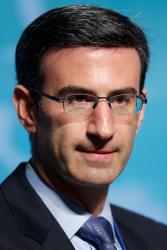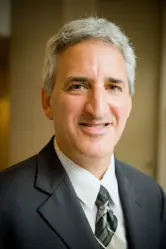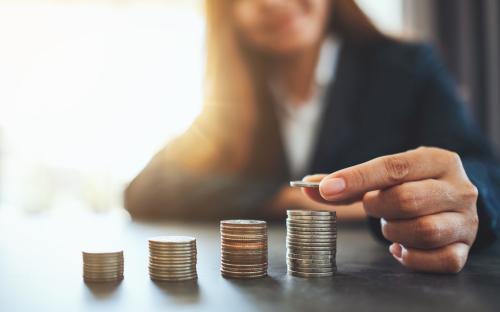Abstract
Under traditional formulations, lower capital income tax rates reduce the user cost of capital and stimulate investment. The traditional approach, however, implictly or explicitly considers a revenue-neutral reduction in capital income taxation. We extend the traditional approach by considering a reduction in taxes that generates an increase in the budget deficit; the expanded budget deficit raises interest rates and the opportunity cost of investment. This provides a mechanism through which tax cuts can raise the cost of capital. Representative calculations show that, even with relatively modest interest rate effects, the net effect of making the Administration’s recent tax cuts permanent or a 10-percent reduction in individual income tax rates would be to raise the user cost of capital. Thus, sustained tax cuts can raise the cost of capital and reduce investment.
Introduction
One of the principal goals of tax reform efforts is to improve the long-run performance of the economy. A frequently observed manifestation of this goal is the provision of tax incentives for firms to invest in equipment and structures. Traditionally, the effects of tax policy on firms’ demand for investment are summarized in estimates of the “user cost of capital.” The user cost of a capital investment is the minimum return a firm needs to cover depreciation, taxes, and the opportunity costs of the funds used to finance the project (Jorgenson 1963, Hall and Jorgenson 1967, Auerbach 1983b). Lower user costs typically translate into higher investment levels.



